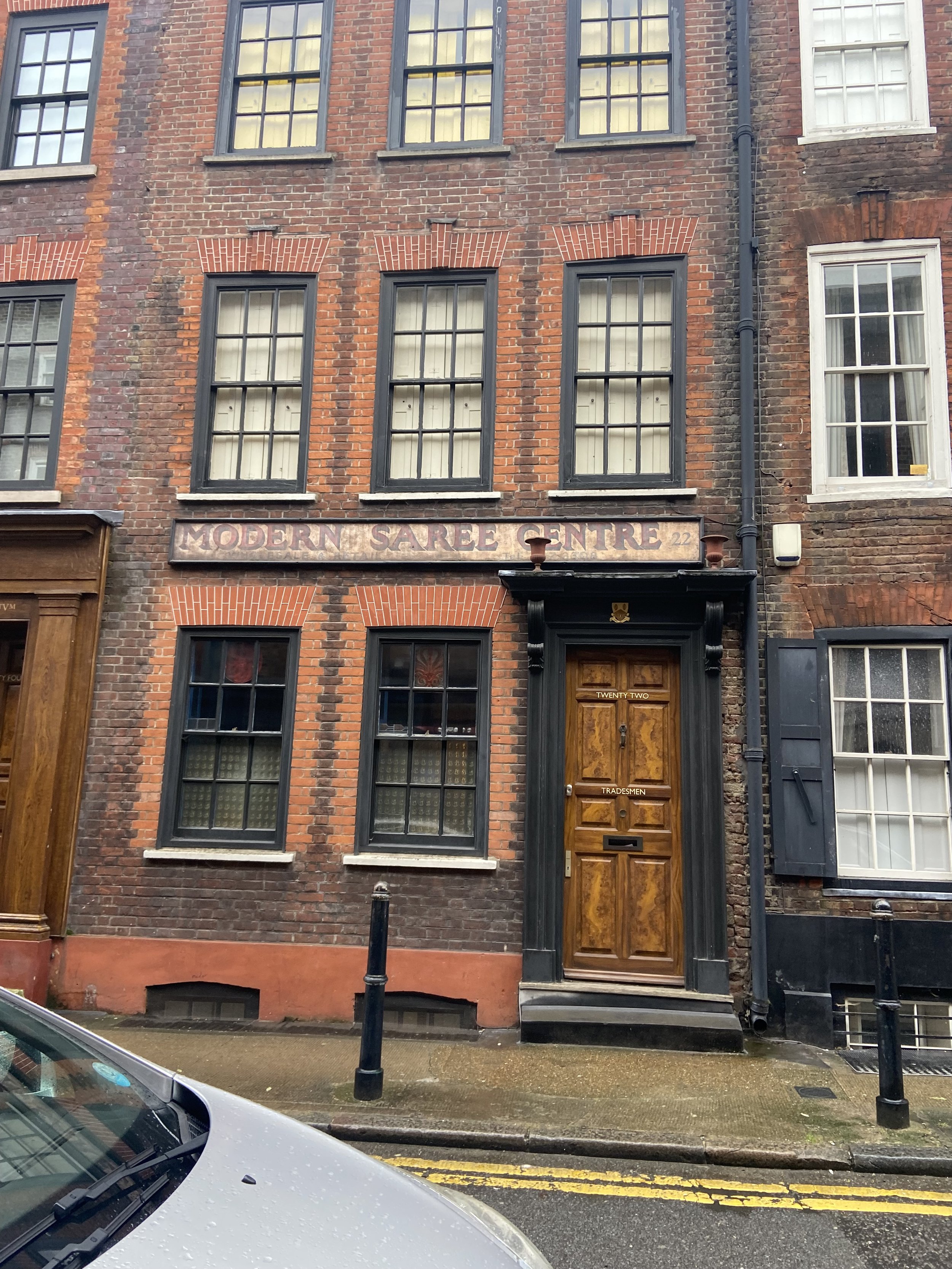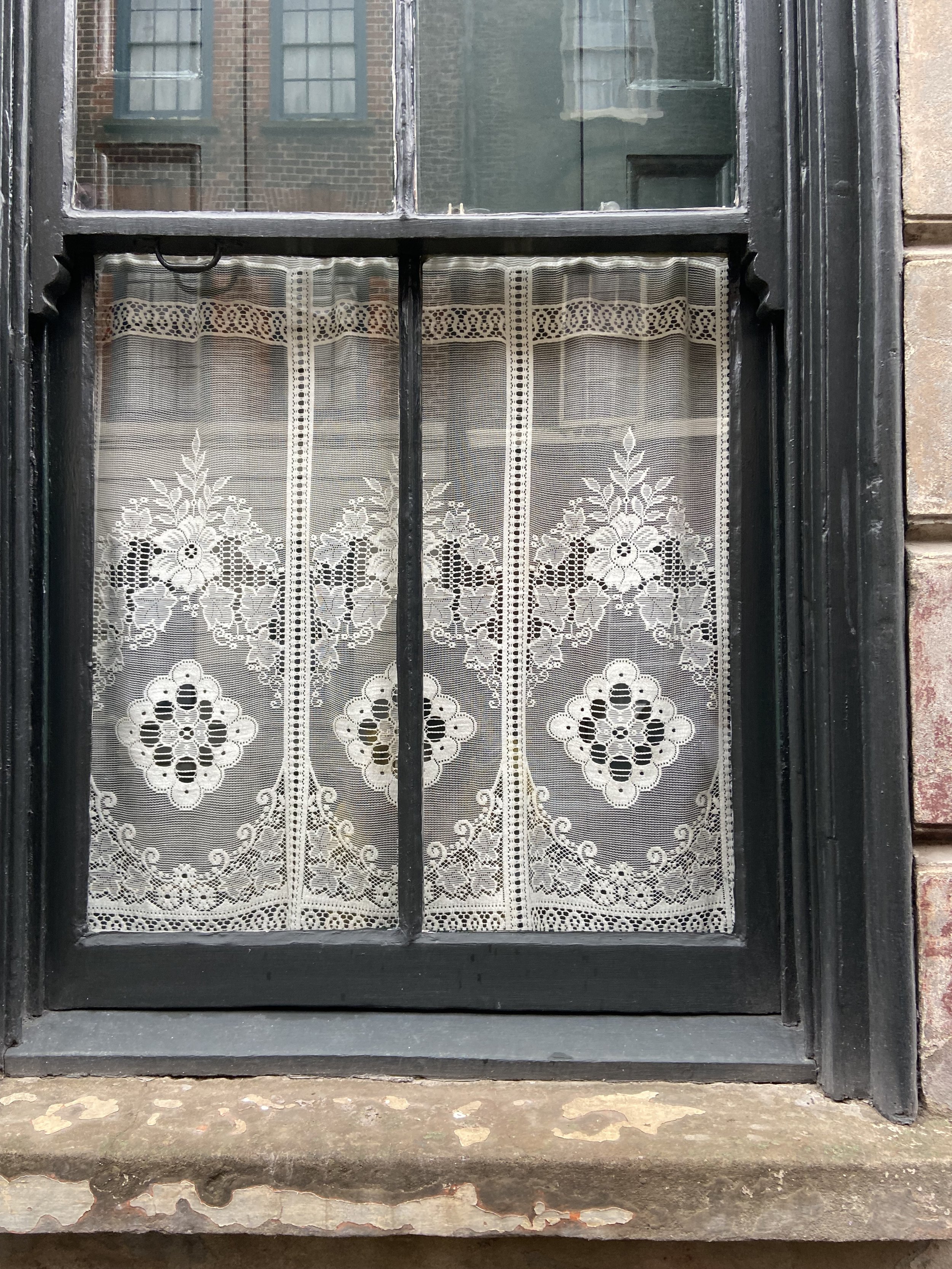History of the Lane
Brick Lane not only attracted me because of the diverse cultures that occupy the lane, but also the vast amounts of history this small area of London has. I decided to split this area of London into three key main sections of history, as it is a historically rich area.
I began with the Huguenots, the first major refugee movement to the UK in the 1600s. This is significant because not only did they define that Brick Lane and surrounding areas were a sanctuary for refugees, but also made it a textile and fashion hotspot then and years later. It is interesting seeing where someone settles and how it determines the area in the future too and at that present time.
The next historical section I began to look at was the Jewish immigration in the 1800’s, where Jews were fleeing the pogroms occurring in Russia. Again, Brick Lane welcomed these immigrants due to the cheap housing and proximity to the docks, especially good for clothing businesses. As a result, the Jews were able to set up the ‘Rag Trade’ in the lane, reinforcing the fashion and textile background of the lane and making it stronger as it went into the future.
Lastly, and most relevant to my family’s immigration story, the immigration of the Bangladeshi population in the 1970’s. This is significant because the workers became crucial to the rag trade and eventually took over clothing factories and pushed the wealthy Jewish population to Northwest London.
The Lane is full of historical relevance. Trying to go through all of the history of the Lane was at first chaotic, but then I was naturally drawn to certain areas of its history. I think the next stage is to take these historic eras and to use them as inspiration for my drawings. Wish me luck!




